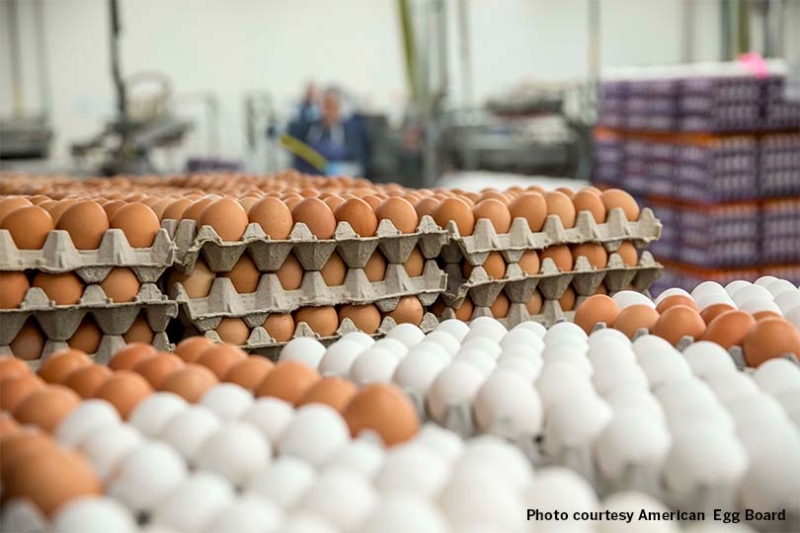By Shelby Shank
Field Editor
Outbreaks of highly pathogenic avian influenza (HPAI) continue to drive egg prices to record highs across the U.S., creating significant disruptions in the supply chain and economic strain on consumers.
Since Feb. 8, 2022, more than 156 million birds have been lost across 1,531 flock outbreaks, including 722 commercial and 829 backyard flocks, in every state according to the U.S. Department of Agriculture’s (USDA) Animal and Plant Health Inspection Service.
The impact on egg production has been severe, leading to record-high prices. And those prices are expected to continue. USDA predicts egg prices will increase 20.3% this year.
“There is seasonality to egg prices based on demand, but the cutting of supplies, in this case by disease, has driven prices higher,” Anderson said. “I wouldn’t be surprised to see them go higher in the next report, but there is price volatility when you consider the supply and demand factors in play.”
USDA reported 304 million table egg-laying hens in the U.S. flock as of Jan. 1, a 2.3% drop from 311 million hens recorded the previous year.
Despite aggressive biosecurity measures implemented by the poultry industry since the first major outbreaks in 2015, intermittent outbreaks continue to occur.
“Farmers take biosecurity seriously because they’ve been dealing with the threat for years,” Dr. Greg Archer, AgriLife Extension poultry specialist and associate professor, said. “The big question this time is the strain mutations and how outbreaks in poultry facilities are occurring.”
Migratory birds have historically been the primary transmission source. The disease can be introduced into poultry houses through bird feces tracked in on shoes or carried from farm to farm by feed delivery trucks. However, recent transmission patterns have been less clear, and the spread of the disease to dairy cows, pigs and humans has raised new concerns about additional transmission routes.
Environmental conditions are currently ideal for the HPAI-causing pathogen, which thrives in temperatures below 90 degrees.
The time it will take to rebuild the laying hen flock will depend on multiple factors, Archer noted.
Replacing lost birds is a slow process. It takes at least 20 weeks for an egg to hatch and develop into a production-ready laying hen. Large-scale laying farms, which can house over a million birds, require significant time and investment to recover from outbreaks.
The flock rebuild will be a contributing factor for future egg prices.
While consumer demand for eggs has been rising, higher prices may curb consumption. Elevated grocery store costs might also push consumers away from specialty egg categories like “cage-free,” “free-range” and organic, while leading them to consider size-based cost savings, such as opting for medium instead of jumbo eggs.
The impact of rising egg prices is also felt by restaurants, bakeries and other food-related businesses, leading to price adjustments across multiple markets.
The silver lining for consumers is these disease-related price spikes are historically temporary.
In May 2023, the dozen large eggs that cost over $5 the previous December had dropped to 84 cents per dozen, Anderson said.
“Producers will be expanding their flocks to produce more eggs to meet demand and capitalize on the high prices, while consumers might cut back,” Anderson said. “That combination, aligning with fewer instances of avian influenza as the weather warms up, would likely put downward pressure on prices. There is a natural ebb and flow to egg prices from seasonal supply and demand, and HPAI has just added volatility to the market.”


Leave A Comment